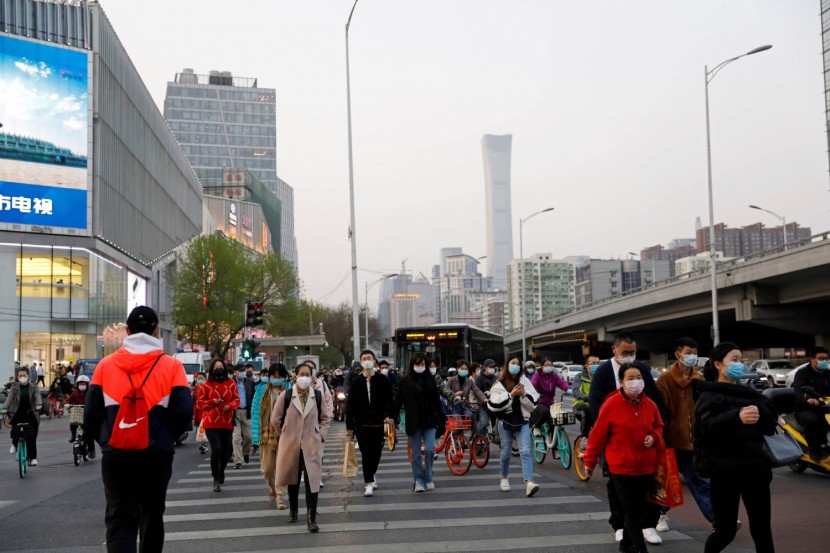
As the pandemic dwindles in its epicenter, China laid down new measures to prevent asymptomatic or the silent carriers of the new coronavirus that will possibly cause the second wave of the outbreak as confirmed cases increase.
After China imposed strict travel restrictions, new cases have declined from their peak as authorities called the public for continuing to be vigilant amid fears of a new resurgence of infections as the economy slowly comes back to life and as the crowd starts to build up.
On Wednesday's report of the National Health Commission, they confirmed 63 new infections in mainland China and 61 of those were travelers arriving from overseas, resulting to a total of 81,865 confirmed cases in China.
Increasingly focused on managing asymptomatic carriers, China began announcing the number of cases on April 1 and reported 657 new asymptomatic patients for this month and wherein 57 of them developed symptoms on the latter part.
On a Twitter-like application in China, Weibo, one of the most discussed topic on Thursday was the question "Are asymptomatic people really asymptomatic?" after the media interview of a professor of respiratory medicine at People's Liberation Army General Hospital, Liu Youning where he shared that asymptomatic carriers posed a small risk, but that people should continue to avoid crowded areas, maintain social distancing, wear masks and wash hands.
Despite being in the epicenter of the pandemic, Zhang Dingyu, president of Jinyintan Hospital in the central city of Wuhan was not worried about a big second wave of infections for the containment measures are still in place and stated that we think in the future there could be some sporadic cases and even some local outbreaks, like how a company might see 30 or 20 contagion cases that become an outbreak. But the possibility of a big outbreak, isn't happening.

Zhang also shared that there are 14 patients in the hospital that had recovered from the coronavirus. However, they continued to test positive from COVID-19 and because of that they are still observing the patients and did not let them out
Even the patients showed "weak" toxicity because the virus could be deadly and left debris in the cells. But by overdoing protective measures and treatment we could save lives.
Tighter Measures Imposed
On Wednesday the State Council published new rules in managing asymptomatic COVID-19 carriers wherein under the regulations, medical institutions must report the detection of asymptomatic cases within two hours of their discovery. Local governments must then identify all known close contacts of the case within 24 hours.
And for those asymptomatic patients, they will be quarantined collectively for 14 days and will be counted as confirmed cases by the time they show symptoms while people who have had close contact with them must do quarantine for two weeks.
Beijing government announced new guidelines for bars in the capital, as they imposed at least one-meter distance from each table to avoid close contact while Shanghai released that they will reopen some of their schools on April 27.
© 2025 HNGN, All rights reserved. Do not reproduce without permission.








